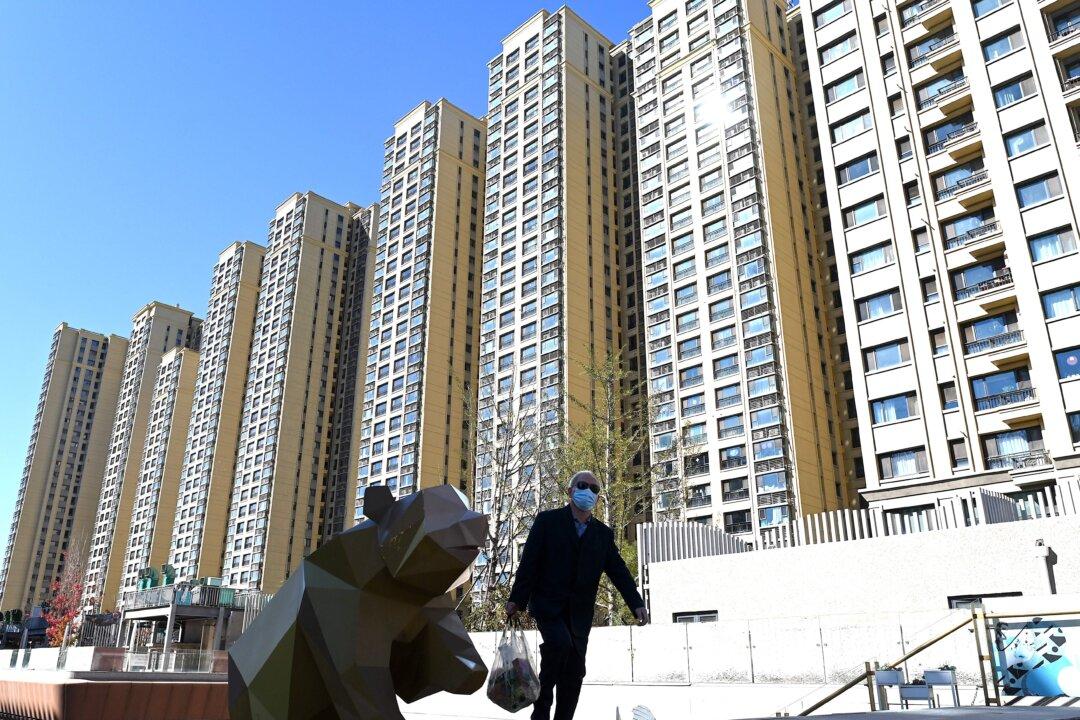Commentary
Recently, there were reports that Shenzhen in southern China had its residential property prices slashed by half. Soon after, the Chinese government launched rescue measures, which plans to force banks to lend to the sector even without collaterals. The funniest thing about this is the first clause among the “Three-not-lower-than” requires lending to the real estate by each bank to be no lower than the corresponding industry average. How can every member be no lower than average? Unless all banks lend the same amount.





